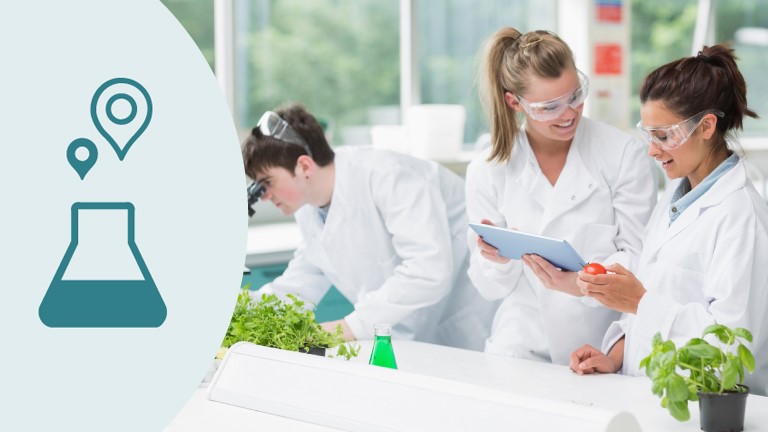How pigments convert plant biomass
Jena researchers have elucidated the molecular structure of the so-called Yellow Affinity Substance (YAS) and provide new insights into how the yellow pigments produced by the anaerobic bacterium Clostridium thermocellum convert cellulose into sugar.
New bacterial natural substances discovered
By analysing the genetic material of the plant pathogen Pseudomonas syringae, researchers in Jena have identified two new families of natural substances that could be of interest for agriculture and pharmaceutical research.
Climate-resilient quinoa cultivated
With the help of artificial intelligence (AI), an international research team, including the University of Hohenheim, was able to develop three climate-adapted quinoa varieties for the Peruvian highlands.
Photosynthesis research for efficient carbon capture
Two newly founded research groups at the Max Planck Society are developing more efficient methods of photosynthesis to break down and bind CO2 with the help of sunlight.
Forest living labs for the future of forests
German forestry and timber research is strategically realigning itself with forest living labs in the Harz Mountains and Lower Bavaria. The SURVEY joint project combines scientific expertise and practical experience in an interdisciplinary approach.







